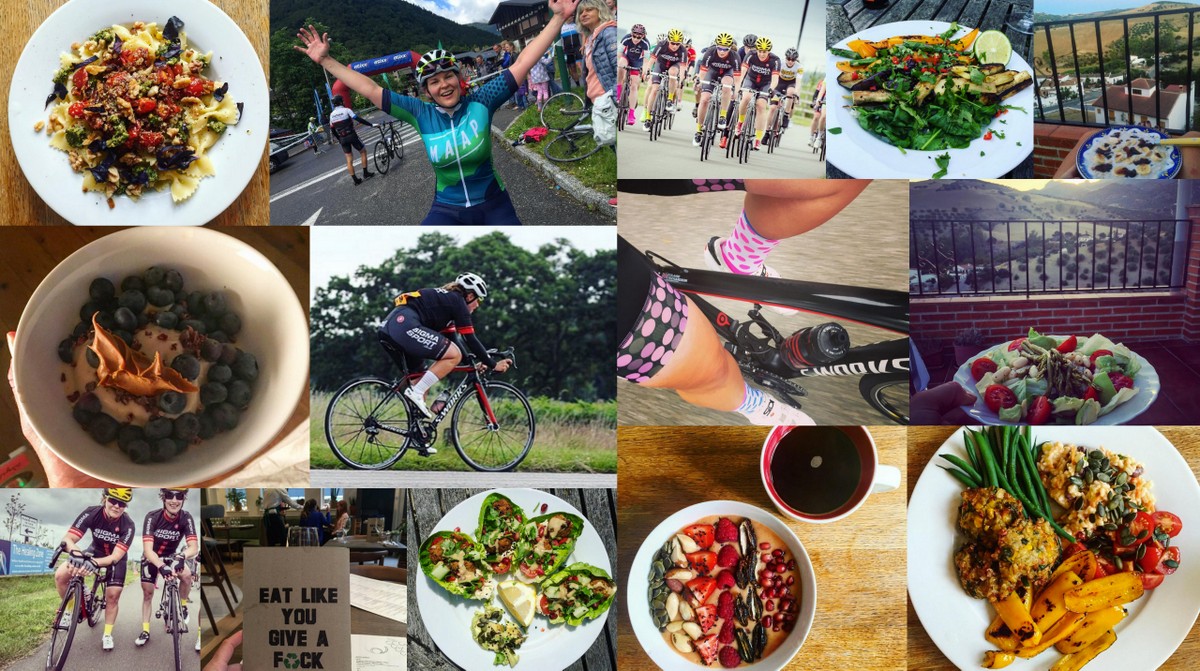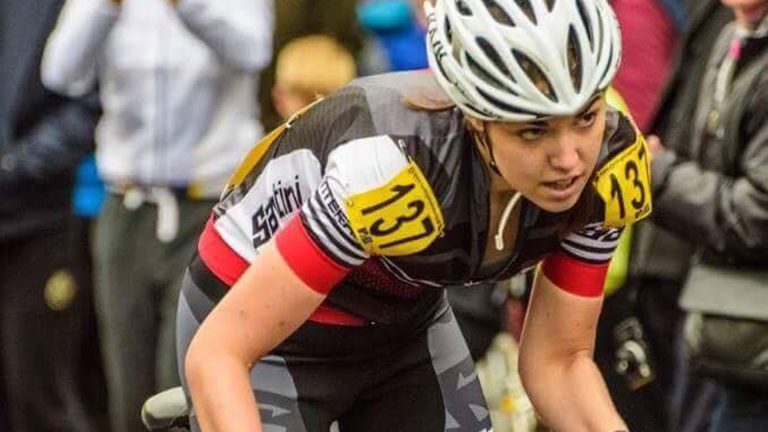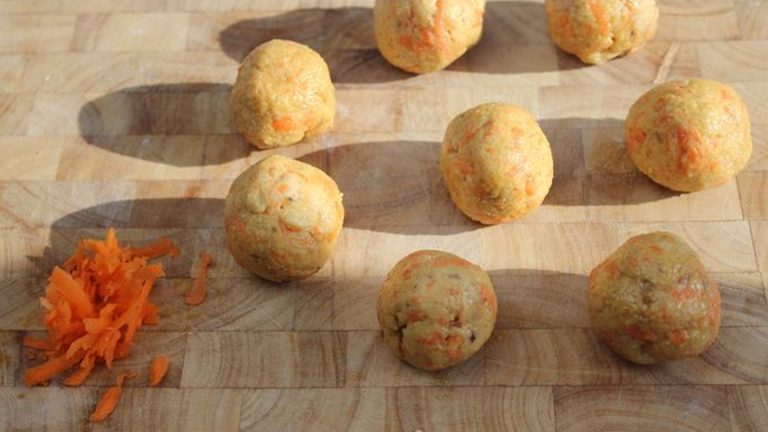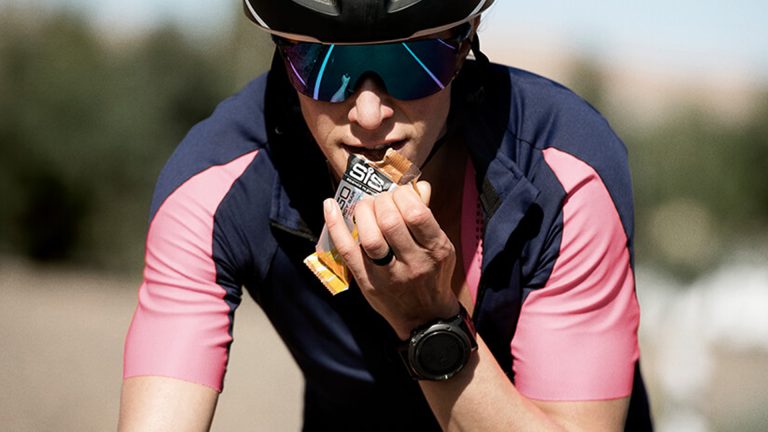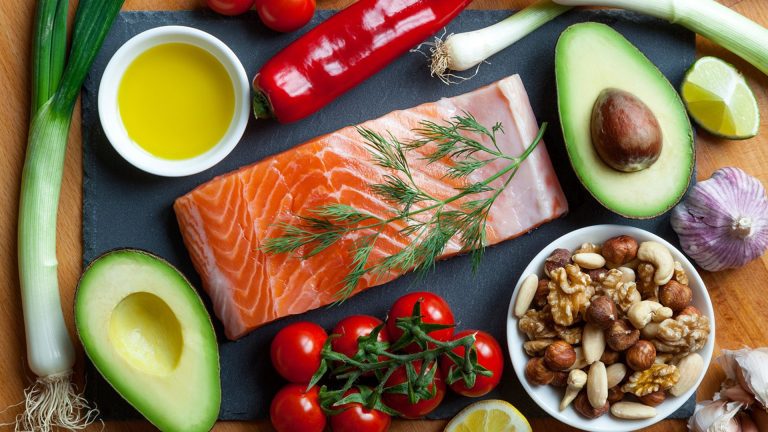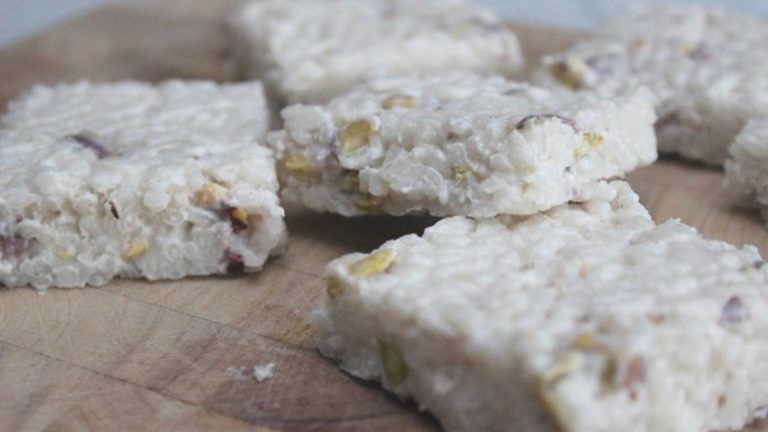Claire Richardson is a Category 2 road and cyclocross racer. She’s also a vegan, and a product specialist at a major high street retailer of rather exceptional food. The Sigma-Sport Women’s Race Team rider is often asked why she chose to adopt a vegan diet, what affect it has on her performance, and how she manages to get enough protein in without any animal products.
We asked her to share the answers to all of these questions in our rider blog – and she’s added in some race and training day food diaries to give you an idea what sort of nosh a competitive racer is throwing down the hatch on a daily basis…
Sigma Sport Women’s Race Team: Warming Up and Juggling Double Race Days
Words: Claire Richardson of Sigma-Sport Women’s Race Team
I fit all my training and racing around a full time job, which includes a lot of international travel – so my schedule varies a lot. Like all riders, what I eat varies day-by-day too depending what I am doing training-wise, but what’s less common about my menu is that I eat a Vegan diet.
Why do I eat a vegan diet?
I began experimenting with the idea of veganism in the last few months of 2015 after I got very sick with a virus that I couldn’t shift. The idea of healing the body with what you put into it made a lot of sense to me and I started reading about wholefood vegan diets – people like Sarah Britton (who writes the MyNewRoots blog) struck a cord with me and I started trying ‘vegan days’ and making vegan versions of my favourite foods. I soon realised how tasty vegan food could be which went against my preconceptions: that vegan food was bland, tasteless and, well, that vegans were weak hippies…
Once I started eating a full vegan diet in January 2016 as part of the ‘Veganuary’ campaign, I started noticing changes within about 10 days – I felt like I had tonnes of energy, I was sleeping really well and recovering from my training quickly. At this point I started getting really intrigued as to why my body was responding this way and started researching vegan sportspeople to see if this way of eating could be sustainable whilst training hard and racing. I discovered Rich Roll who is an ultra-marathon runner in California who eats a purely vegan diet. His book ‘Finding Ultra’ made me realise how far the human body can be pushed without eating animals and dairy. The more I read, the more it all made more sense. I have been eating a vegan diet for 7 months now and I haven’t looked back since.
But where do you get your protein?
I get a lot of comments about my diet, especially at work [I am a food Product Developer at M&S and travel the world to taste food & eat out regularly!] and within cycling. The most common question I get is “But where do you get your protein?”.
It’s a complete misconception that we need to eat meat and dairy for protein – there are so many sources of great quality plant proteins (lentils, beans, chickpeas, pasta, rice, nuts, nut butters, tofu, protein powders such as Hemp & Soy are useful for sport too). We actually also do not need that much protein in our diets – in general, in the Western world we consume far too much protein. I can easily get enough in my diet each day.
Isn’t it so expensive?
The other question I get a lot is “Isn’t it so expensive?” The answer is ‘No’. Plants are far cheaper than meat. It’s true that some ‘alternatives’ are more expensive – for example 1L of almond milk is about £1 (it’s always on offer somewhere!) versus 1L of milk is about 75p, and vegan versions of foods such as burgers and sausages are more expensive but I don’t tend to eat those as I love cooking for myself and I base my diet around ‘wholefoods’: rice, lentils, pulses, fruit, vegetables and salad which are all cheap, filling and nutritious. I throw in a few treats: dark chocolate, peanut butter, wine, coconut milk yogurts and so on.
I would recommend a Vegan diet to anyone, especially if you do a lot of sport as recovery time is quicker, I have also noticed that when I am doing longer training rides, I don’t need to eat much – my body seems able to sustain effort for longer.
Racing-wise, I am now looking forward to the Cyclocross season starting September, with a short Summer league starting on 21st July. Below is an example of a typical training day for me – and a typical CX race day too.
